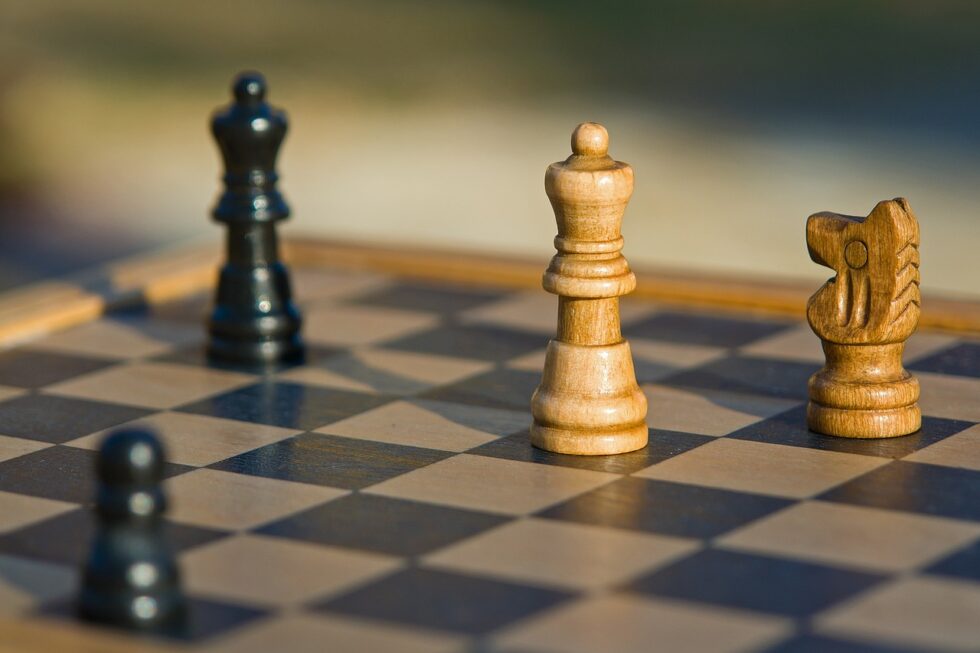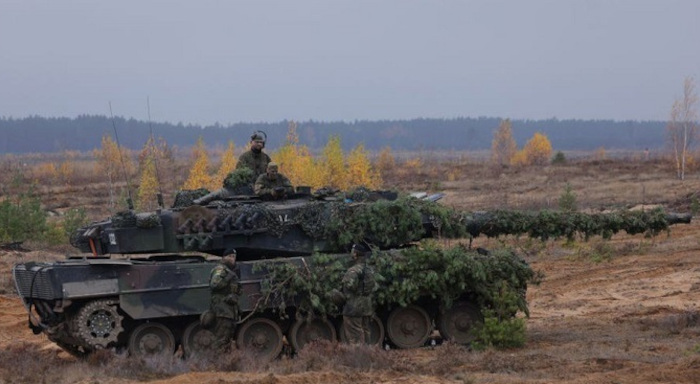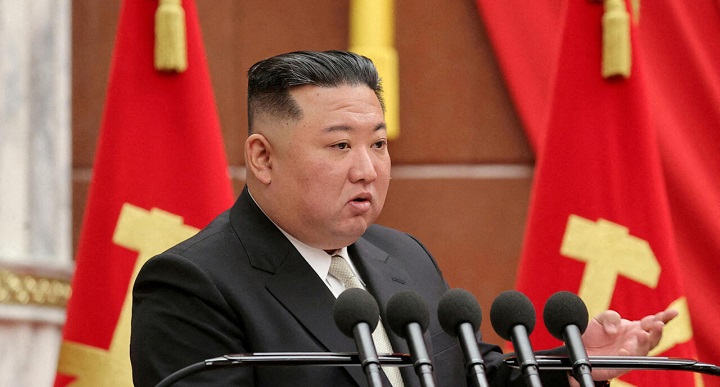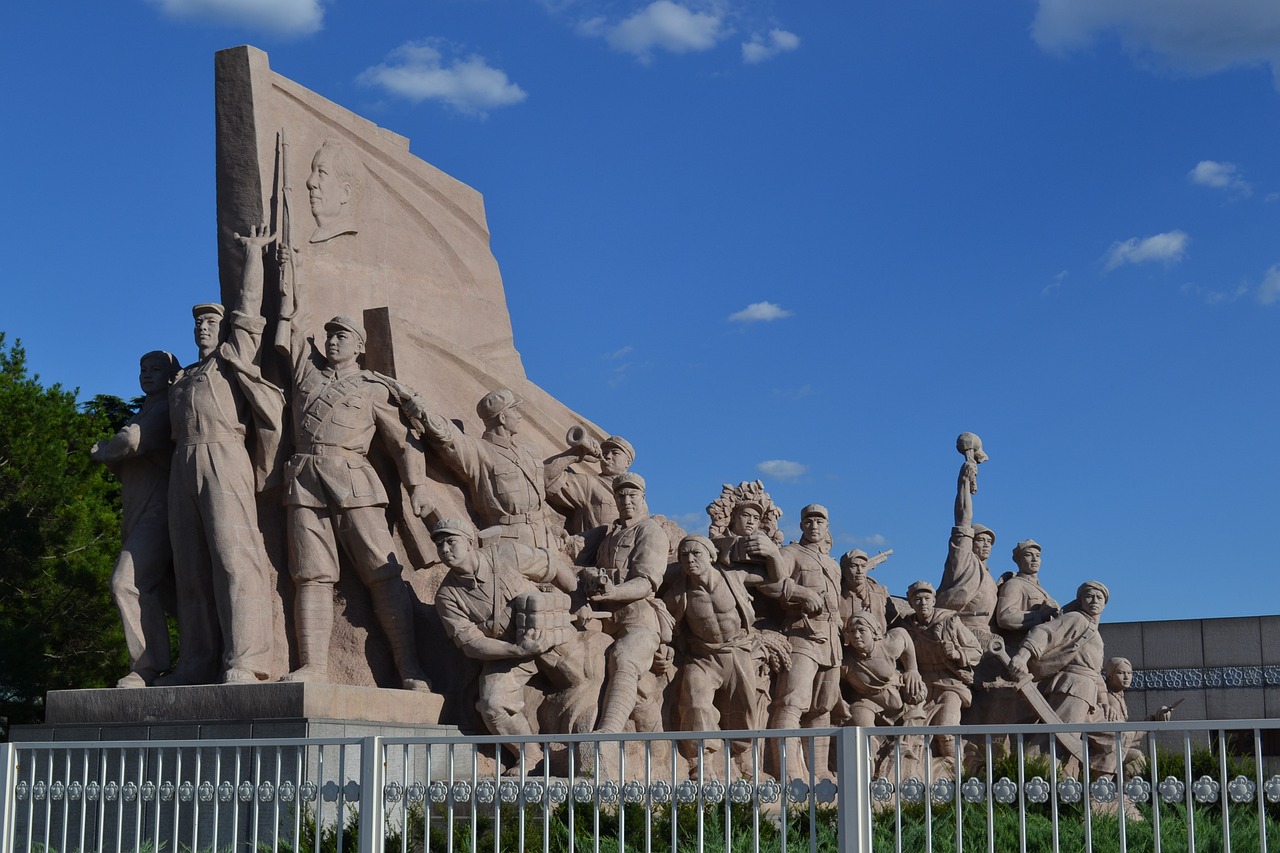
China might need a new Grand Strategy for the first time since the 3rd century BC unification, but it is quite elusive. Italy has parallel issues, and there could be lessons to be learned there.
“Here begins our tale. The Empire, long divided, must unite; long united, must divide. Thus it has ever been. In the closing years of the Zhou dynasty seven kingdoms warred among themselves until the kingdom of Qin prevailed and absorbed the other six. But Qin soon fell, and on its ruins two opposing kingdoms, Chu and Han, fought for mastery until the kingdom of Han prevailed and absorbed its rival, as Qin had done before. The Han court’s rise to power began when the Supreme Ancestor slew a white serpent, inspiring an uprising that ended with Han’s ruling a unified empire. Two hundred years later, after Wang Mang’s usurpation, Emperor Guang Wu restored the dynasty, and Han emperors ruled for another two hundred years down to the reign of Xian, after whom the realm split into three kingdoms. The cause of Han’s fall may be traced to the reigns of Xian’s two predecessors, Huan and Ling. Huan drove from office and persecuted officials of integrity and ability, giving all his trust to his eunuchs. After Ling succeeded Huan as emperor, Regent-Marshal Dou Wu and Imperial Guardian Chen Fan, joint sustainers of the throne, planned to execute the power-abusing eunuch Cao Jie and his cohorts. But the plot came to light, and Dou Wu and Chen Fan were themselves put to death. From then on, the Minions of the Palace knew no restraint.” (Luo, Guanzhong, Three Kingdoms translated by Moss Roberts, University of California Press).
The passage is the cornerstone of Chinese culture and way of thinking. “The writings of the Warring Kingdoms period and the culminating unification of 221 BC may be considered the foundation of the institutions and philosophical traditions that created the China still known today. Confucius, who died in 479 BC, predicted the continuity of Chinese traditions and institutions -argues Professor Roberts in his preface to the novel – All the works of statecraft, social morality, and cosmological speculation covering ca. 500–200 BC, the Warring Kingdoms period, build toward and lead into the unification of the kingdoms under a single dynasty, the Qin, followed in fifteen years by the Han, which lasted for more than four hundred years, until AD 220. Three Kingdoms offers a reverse perspective, from the fall rather than the rise of the Han, revealing the factors and forces that can cause a dynasty to break down and lead to a period of disunity… Three Kingdoms largely depends on Mencius’s theories of leadership and also has Daoist components. The team of Liu Xuande (also known as Liu Bei) and his main adviser, Kongming (also known as Zhuge Liang), operate within a synthesis of Confucian and Daoist-Legalist ideas.”
Masters of jigsaw puzzles or artists?
The novel’s beginning introduces a pretentious character, Liu Bei, who claims he wants to become the emperor of China because he asserts that he’s a distant descendant of the imperial family and that his heart is not corrupt. He meets two not-so-brilliant but tough individuals who swear allegiance to this pretentious claimant. This follows the pattern of many traditional bandit novels. What sets “Three Kingdoms” apart is the presence of Zhuge Liang. He is the clever strategist who truly puts Liu Bei on the political map and is celebrated in China as a master strategist. But who is he really? Is he truly a “strategist”?
In Western tradition, a grand strategist is someone like Cyrus, the first Persian emperor who envisioned and achieved a new empire that won the ancient civilizations of Mesopotamia and Egypt. It’s Alexander, who marched from Greece and conquered everything in his path until reaching India and Central Asia. It’s Caesar, who vanquished Gaul and laid the foundations of a new political reality, transforming the Roman Republic into the Empire. It would be Qin Shi Huang, China’s first emperor, who imagined, pursued, and achieved the unprecedented unification of the Yellow River Basin.
Zhuge Liang did not devise a new political plan for his master. He tried to obtain the unification of China as it was established under the Han dynasty. His goal was to achieve stability in the Yellow River Basin; after that, all problems would be solved.
There’s a difference between designing a new game and being very skilled at playing an existing one. These are two distinct sets of skills. Zhuge Liang resolves problems like piecing together a jigsaw puzzle or winning a chess game. He is a grand master, for sure, but within the scope of “dividing and uniting” the Empire.
In the 7th century, the Turkic Tang and, in the 12th century, the Mongolic Yuan, facing similar challenges, accepted the mantra about the centrality of stability in the Yellow River Basin.
But what if the game is entirely different?
Perhaps the “Three Kingdoms” strategy worked until 1571 when the Spanish expelled the Chinese traders from Manila and turned the city into their main trading hub between Mexico and Asia. The sport then completely changed for China, yet 450 years later, China still struggles to grasp this shift.
The Ming dynasty, entirely caught up in its “divide and unite” mentality in 1571, did not support the Chinese merchants in Manila because it had little to no control over them, and their relative independence undermined the emperor’s absolute power. Thus, the Ming allowed the Spaniards to be at their doorstep rather than dealing with unruly Chinese. The crux of the matter was that the Ming failed to perceive the new reality. The world was no longer a jigsaw puzzle; it required a creation anew, fueled by imagination.
The flow of Chinese merchants throughout Asia mirrored the pattern followed by the Spanish and Portuguese at the time: dispatching people with some authority and loosely overseeing them. It was the well-trodden path of the Italian republics like Venice, Genoa, or Amalfi. This pattern entailed a different relationship between the ruler and the subject, necessitating negotiation over their respective shares of the spoils.
However, there is no negotiation in China’s “divide and unite” strategy. Once Zhuge Liang commits to serving Liu Bei, he ceases to negotiate for himself and solely assists his master. Conversely, the 16th-century Chinese traders did not want to be mere serfs of the emperor; they asserted their Chinese roots. Yet, instead of negotiating a new agreement with them to expand imperial influence and confront the world as it had evolved, the emperor chose to disregard them, leaving them to the Spaniards, if he didn’t eliminate them himself.
Perhaps this vision of absolute imperial power is what makes it difficult for China to imagine a grand strategy — something that isn’t yet present but can address existing challenges.
European difference
Since the discovery of the American continent in 1492, the West has consistently pursued new developments and dismantled existing structures and ways of thinking. Luther published his 95 theses in 1517, just 25 years after the discovery of America. The theses broke the unity of the Catholic Church and began to undermine the Holy Roman Empire, a political cornerstone of Europe since the coronation of Charlemagne in 800 AD.
Following that, there was a continuous effort against the Holy Roman Empire and the Church, leading to brand-new practices and ideologies (such as liberal capitalism and communism) that have transformed the world. These were not jigsaw puzzles to solve but entirely new games to be played.
The real question now is: Does China want to adopt a new development model better suited to present and future realities, or does it intend to promote its traditional “divide and unite” strategy on a regional or global scale?
This is not only a Chinese problem; it’s a European issue, too. Before the discovery of America, the world was segmented, with each region being self-centered and politically self-contained. After America was discovered, Europe rapidly became the world’s undisputed center. In the last century, three world wars (the First, the Second, and the Cold War) were centered in Europe.
Yet, since Obama’s pivot to Asia, America has shifted its attention away from Europe for good reasons. In the Asia-Pacific region, 60% of the global population resides, and most global growth occurs there. Europe, including Russia, is marginal for the first time in history. Even the current war in Ukraine and the conflict in the Middle East are just sideshows compared to the main event — dealing with China.
The war in Ukraine may have deterred a potential Chinese invasion of Taiwan, and some believe that ending the war in Ukraine without a definitive resolution might encourage China’s bold moves in the region. Ukraine in 2022 is akin to Korea in 1950 in terms of deterrence. Repelling the North Korean invasion halted Soviet attacks on Western Europe.
Now, stopping the Russians in Ukraine restricts China’s ambitions in Asia. It’s classical deterrence. Caving into Vladimir Putin could embolden China. The connection is apparent in Asia; indeed, Japan’s new prime minister, Shigeru Ishiba, advocates for an Asian NATO, like how the Korean War promoted NATO in Europe 70 years ago.
It’s unclear how Europe will confront this global challenge. Some countries, like Poland and Northern Europe, are embracing the new reality, have joined NATO, and are opposing Russia. Other Western European nations are hesitant, believing life will return to normal after peace in Ukraine and the Middle East. However, there is no “normal” to return to.
Israel is considering redrawing the Middle East map pushing back on Iran’s clout in the region. It will have immense consequences, especially since China has distanced itself from Israel over the past year. If Israel succeeds, China’s influence in the Middle East will shrink and it’d be a new snag for its global projection.
Italian Troubles for China
Israel’s success would also impact Turkey, Ukraine, and the rest of Europe. Italy’s case could offer an insightful lesson for Europe and China in this context. The Italian monarchy and republic were established amid specific European geopolitical strategies. The monarchic project was framed by a continental attempt to dismantle the Holy Roman Empire, particularly the Austro-Hungarian Empire. The German-led but multi-ethnic Empire, deeply entrenched in the Italian peninsula, along with the Papal States, was the anchor of the European power balance since 800 AD. Its fall at the end of World War I in 1919 closed the chapter on 11 centuries of history and ushered in a period of significant political volatility, culminating in World War II.
For about a decade between 1933 and 1945, the alliance between Germany and Italy seemed to be a renewed version of the old Empire, with Hitler being Austrian and Mussolini originating from Romagna, a former papal estate. The Europe that emerged after World War II was divided for the first time into two camps by powers that were previously only marginally involved in European disputes: Russia and the United States.
Italian unification was reconstructed within this ideological and geopolitical division: it remained united not to dismantle the Holy Roman Empire but to serve as a bulwark against Soviet expansion. Greater Germany was divided into three parts: the West aligned with America, the East aligned with Russia, and Austria remained neutral. Hungary, a former imperial component, was Russian but remained historically rebellious.
In this post-1945 European division, Italy, historically monarchical and anticlerical, reconciled with the Holy See. It restricted the Pope’s power to the Vatican but was governed by a Catholic and clerical party. Furthermore, the Church, once an enemy of the liberal and Masonic forces that dominated the continent, was enlisted by those forces against communism. It participated effectively by weaving intricate plans with Christians beyond the Iron Curtain from all denominations: Catholics, Protestants, and Orthodox.
Disunited Italy
In the 1990s, with the Cold War over and the collapse of the wall, the role of Italy’s political unity was not guaranteed. Its purpose was ending, and it was unclear why it should remain united. Centrifugal forces pushing for a gradual division of the country quickly gained momentum. However, political horizons have expanded over these 30 years with the rise of Asia, home to states far larger than the whole of the old continent. Thus, European states will struggle if they act individually.
Today, Russia wants Europe to fragment on this new horizon, thinking it can dominate the region. The US desires unity and alliance in facing new challenges. Italy’s decision — where Russia has strong influences with parties in both governing and opposition coalitions — may prove crucial as it was a century and a half ago.
For the Holy See, the consequences are equally dramatic. Today, the Catholic Church leans toward Asia, where it is a small minority except in the Philippines. If the unity of the peninsula is shaken, the Pope might be forced to scale back the Asian projection and focus on Italy, which could have monumental consequences for the Church’s future.
In this complex scenario, what will China do? There is no “Three Kingdoms” playbook. Yet, its cumbersome past feels heavy and unshakeable, almost binding the nation to a crumbling old structure. It’s vital to salvage as much as possible from the old edifice, but it would be madness to perish under its ruins.
Mao, helped by the USSR, tried it but perhaps destroyed both too much and too little. Deng, backed by the USA, tried to rebuild, but maybe he also rebuilt too much and too little. Will President Xi Jinping find the right balance? His challenge is bigger than that of his predecessors; he has both to tear down and reconstruct, and he has no great power to support him.
finis









